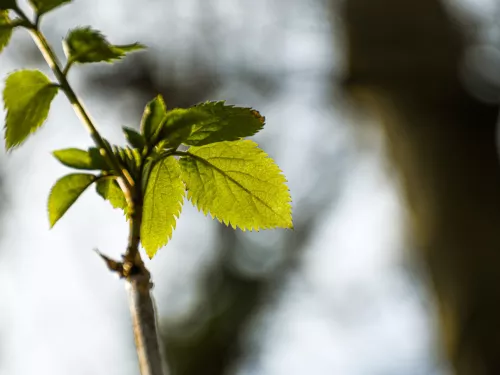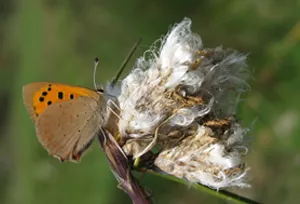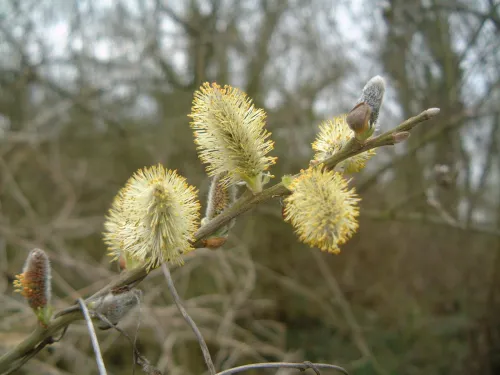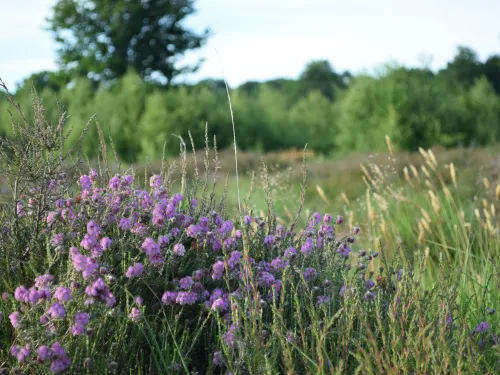
Spring on the wing: April on Hothfield Heathlands
Hothfield Heathlands volunteer & writer, Margery Thomas, explores what the reserve is like at this time of year.


So even if the grass snake is tucked up under a log pile for a few more months, everything on the heath is not still and calm in winter, there is always something to see or hear or guess at. And the bluebell leaves are already pushing up to the light. Gardeners can help a myriad of wildlife by leaving wild corners untidy until later in the spring, allowing whatever is hibernating in the leaf litter, log piles and long grass to awaken naturally. There is more information about wildlife gardening on the website of the Wildlife Trusts.
Warm clothes and sturdy footwear, or wellies for puddle-lovers, are all you need to enjoy a breath of fresh in this special space on our doorstep, open to all, including dogs that are kept in check. The noticeboards at the entrances give the location of the livestock, the noticeboard down the main slope from the Cade Road car park gives recent wildlife sightings.
For email alerts on the location of the livestock, or to join the volunteers who help maintain the reserve or check the cattle and contact the Warden on [email protected], tel 01622 662012.
By Margery Thomas ~ Kent Wildlife Trust volunteer, Ashford

Hothfield Heathlands volunteer & writer, Margery Thomas, explores what the reserve is like at this time of year.

Long-time volunteer, Margery Thomas, tells all about March on our Hothfield Heathland reserve!

Ashford Area Warden Will Glasson reflects on his first full year working across the local sites in this blog, co-written with long-time volunteer Margery Thomas.